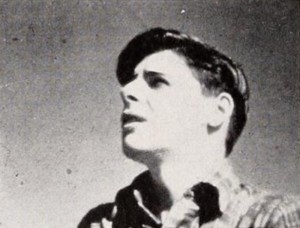
"Warren S. Doremus has evinced fresh imagination in The Call of the Lonely Wood, a dramatic story of a venture into the unknown by a young man who has only a sketchy map to guide him. He fails of his goal on the first attempt, but he sets out once more after recovery from exposure and exhaustion. The hurdles he overcomes and the excitement of his discovery of each of the three triangles that serve as clews are convincingly pictured and supplemented by a well written narrative that is dramatically presented. Interesting dissolve effects support the mysterious quality of the film's theme, and suspense is maintained by excellent cutting and editing. A well rounded musical score was arranged by Arthur Brown, and Robert Carabell played the main role with competence." Movie Makers, Dec. 1944, 494-495.
"Footage of scenic areas of Southern Utah with narration. Included are the 'Canyons of Fire,' wild flowers, hiking trails and the 'Fairy's Landing' at Bryce Canyon; Zion Canyon, the 'Great White Throne,' the 'Mountain of Mystery,' the 'Angel's Landing' and the Mt. Carmel highway at Zion National Park; and Navaho Lake at Cedar Breaks." University of Utah Marriott Library.
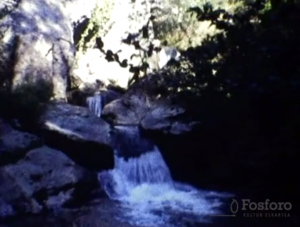
El filme muestra diversos paisajes naturales de Ribera en Álava (España) mientras se escucha la narración de un hombre reflexionando mientras deja atrás la ciudad y mira las montañas y ríos. El hombre recuerda distintos fragmentos de su vida y mientras mira el río concluye que aún le queda un largo camino en la vida.
The film depicts several natural landscapes of Ribera in Álava (Spain) while a male voice narrates the reflections of a man while he leaves the city behind and watches the mountains and the rivers. The man remembers many fragments of his life and while he sees the river he concludes that there is still a long road ahead for him in life.
"Shows expedition from Tatlayoko Lake and climb up Mt. Reliance" British Columbia Archives.
This film was produced in the late 1930s.
"Shows Don and Phyllis Munday on an expedition to climb Mount Waddington, via Franklin Valley, Franklin Glacier, Dais Glacier, etc." British Columbia Archives.
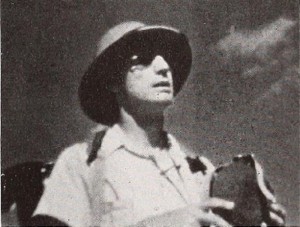
"Rainbow Fantasy, in the words of Charles C. Hammack, is "an attempt to produce — not a conventional travelog — but more a story of adventure, a hiking adventure to what is probably one of the least visited of our national monuments, Rainbow Bridge, in southeastern Utah." In achieving this goal, Mr. Hammack has been largely and creditably successful. For him and his young wife, Rainbow Bridge takes on the aura of a lost horizon, a Shangri La protected from the outside world by the blistering desert heat and the brutal desert rocks. He brings this overtone of feeling to his film, both through his imaginative camera treatment of the subject and the intentionally dramatic acting of the two travelers. Mr. Hammack's is a new name in Ten Best competition, but it is one which we believe will be heard again."Movie Makers, Dec. 1943, 478.
"Shows Don and Phyllis Munday family travelling from Vancouver to Prince Rupert on the S.S. 'Cardena', including a long stop at Bella Coola, and climb up Mount Saugstad" British Columbia Archives.
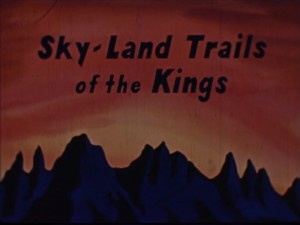
Subtitled: a story of happy days in Kings Canyon National Park.
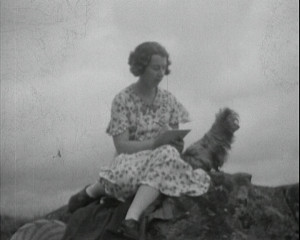
"Amateur filmmaker and cinema historian H.A.V. Bulleid employs rapid montage and a sense of foreboding in this rural tragedy set in the Welsh countryside. On farmland in rural Wales, where crumbling farm buildings reflect the rural desolation, a young lady spends her holidays wandering the fells with her ever reliable dog. When she meets a young farmhand, a romance develops. But as the girl grows closer to the young man, she pays less attention to her dog. And when the dog is left at the farmhouse as the pair goes rock-climbing, tragedy ensues. Sensing a problem, the dog searches the fells as day turns to night. But will he find his master? And will the young lovers survive?" (EAFA Database)
"The Yamamoto picture was a record of a hike over the hills and the countryside with a dog." American Cinematographer, Feb. 1937, 73.
Total Pages: 2